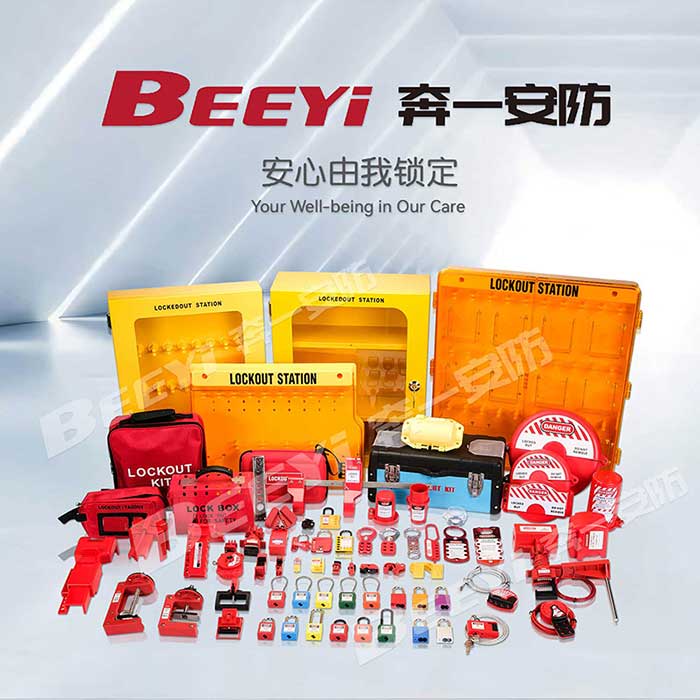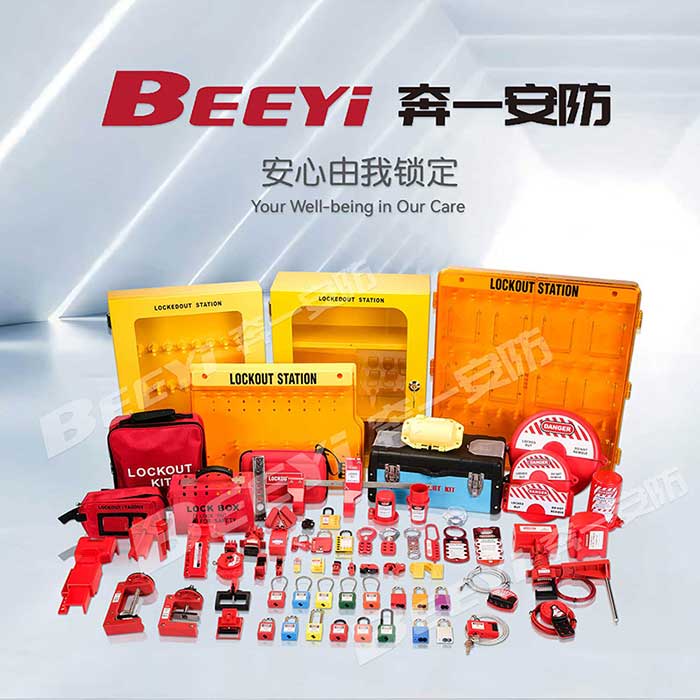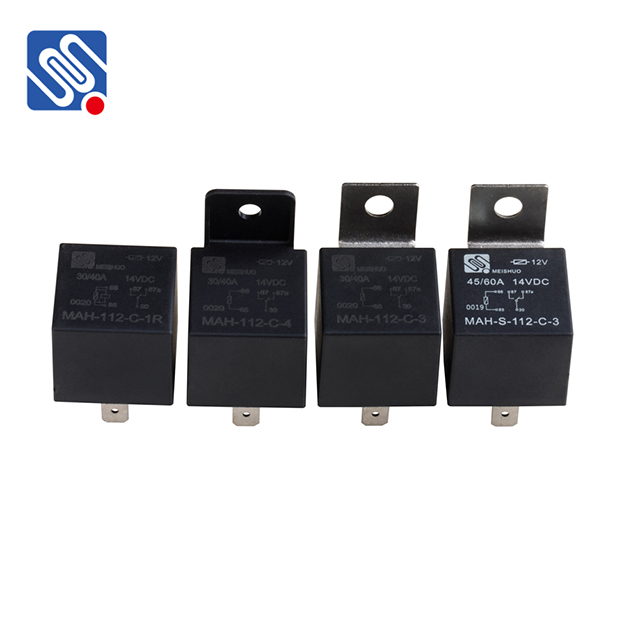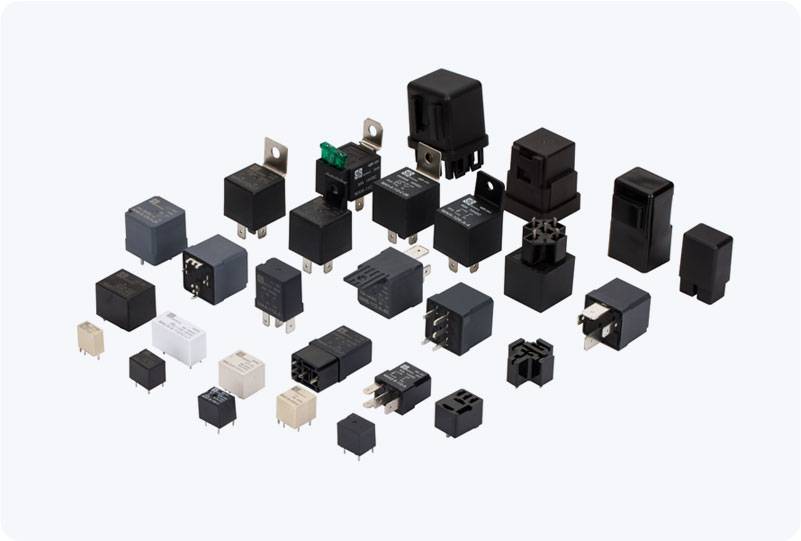In any industrial setting, safety is a primary concern, particularly when dealing with heavy machinery, electrical equipment, or hazardous environments. One crucial aspect of ensuring safety in these settings is the use of lockout/tagout (LOTO) devices, and among the most vital tools for this purpose are safety padlocks. OEM (Original Equipment Manufacturer) safety padlock manufacturers play an essential role in providing these safety solutions, designed to prevent the accidental release of hazardous energy during maintenance or repair. This article explores the role of OEM safety padlock manufacturers, their importance in workplace safety, and the features that make these padlocks indispensable for industrial safety.

Understanding Safety Padlocks Safety padlocks are designed to secure equipment or machinery during maintenance, repair, or servicing. The main purpose of these locks is to ensure that no one can inadvertently start or release hazardous energy while a worker is performing a task. They are an integral part of lockout/tagout procedures, a widely adopted safety measure that helps protect employees from electrical, mechanical, hydraulic, and other forms of hazardous energy. These padlocks come in a variety of materials, sizes, and designs, depending on the specific needs of the industrial environment. Safety padlocks are often color-coded for easy identification and to differentiate between different types of equipment or personnel. Furthermore, they are designed to be tamper-proof and resistant to physical attacks, ensuring they remain secure during their intended use.








